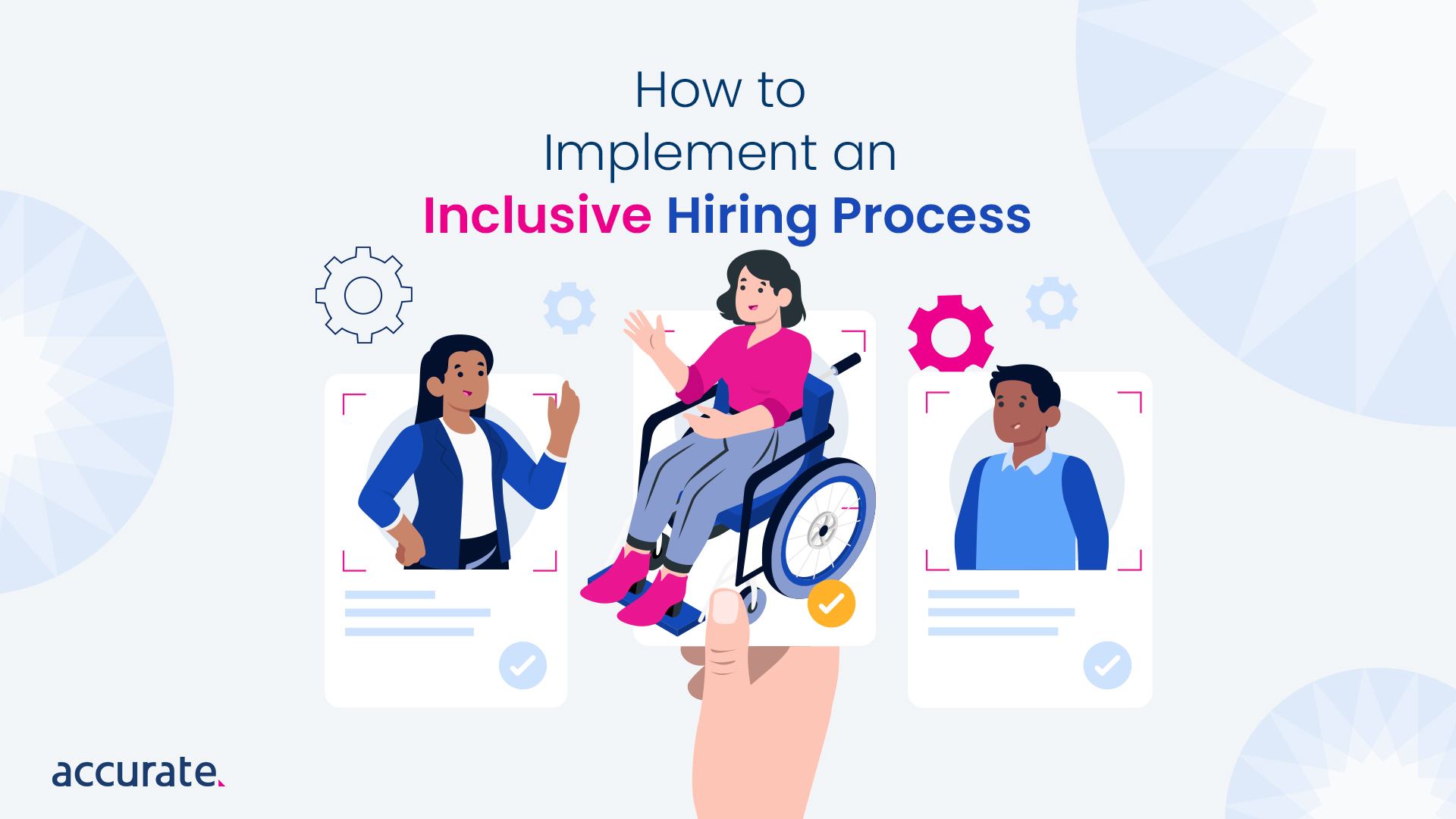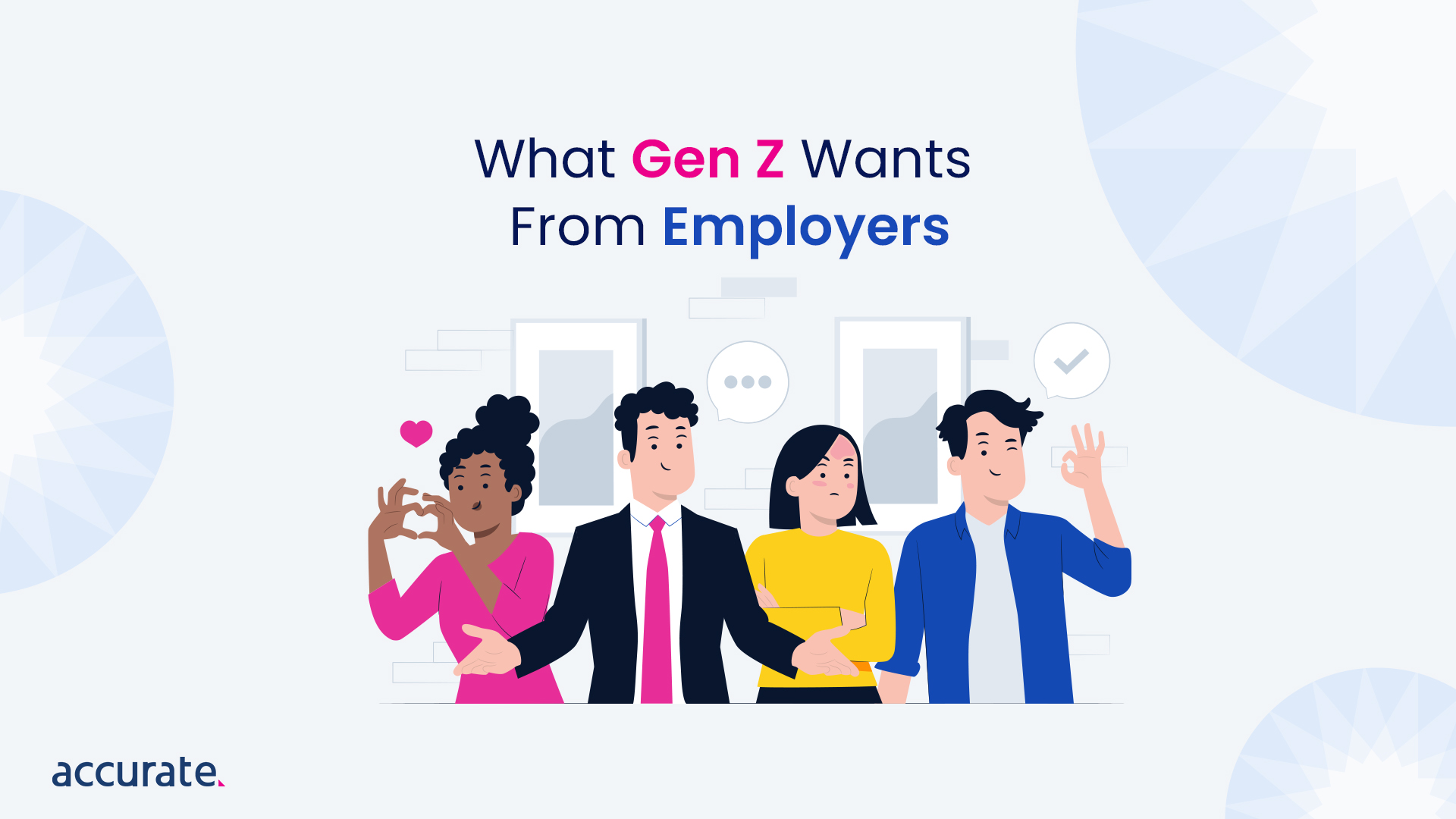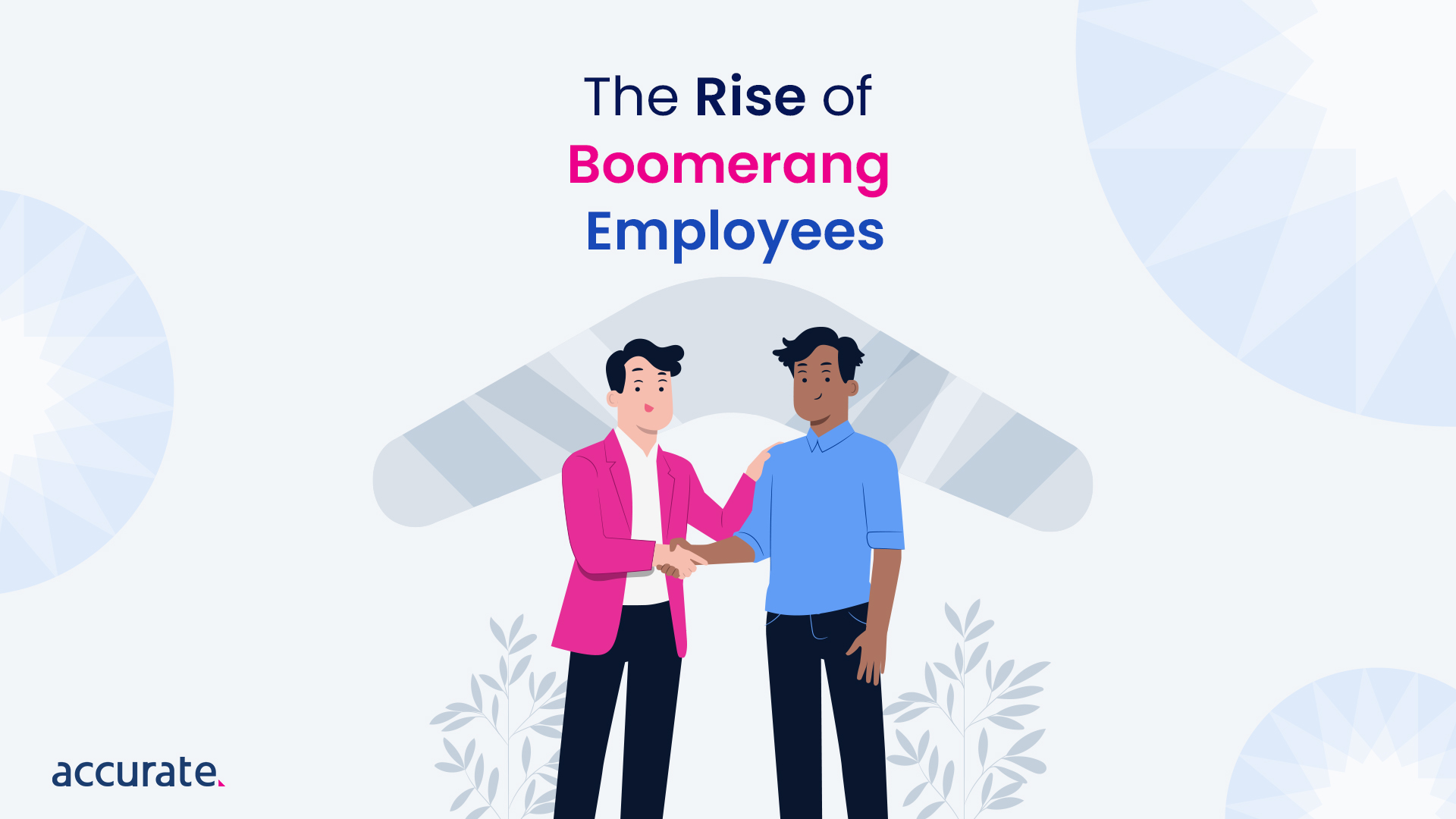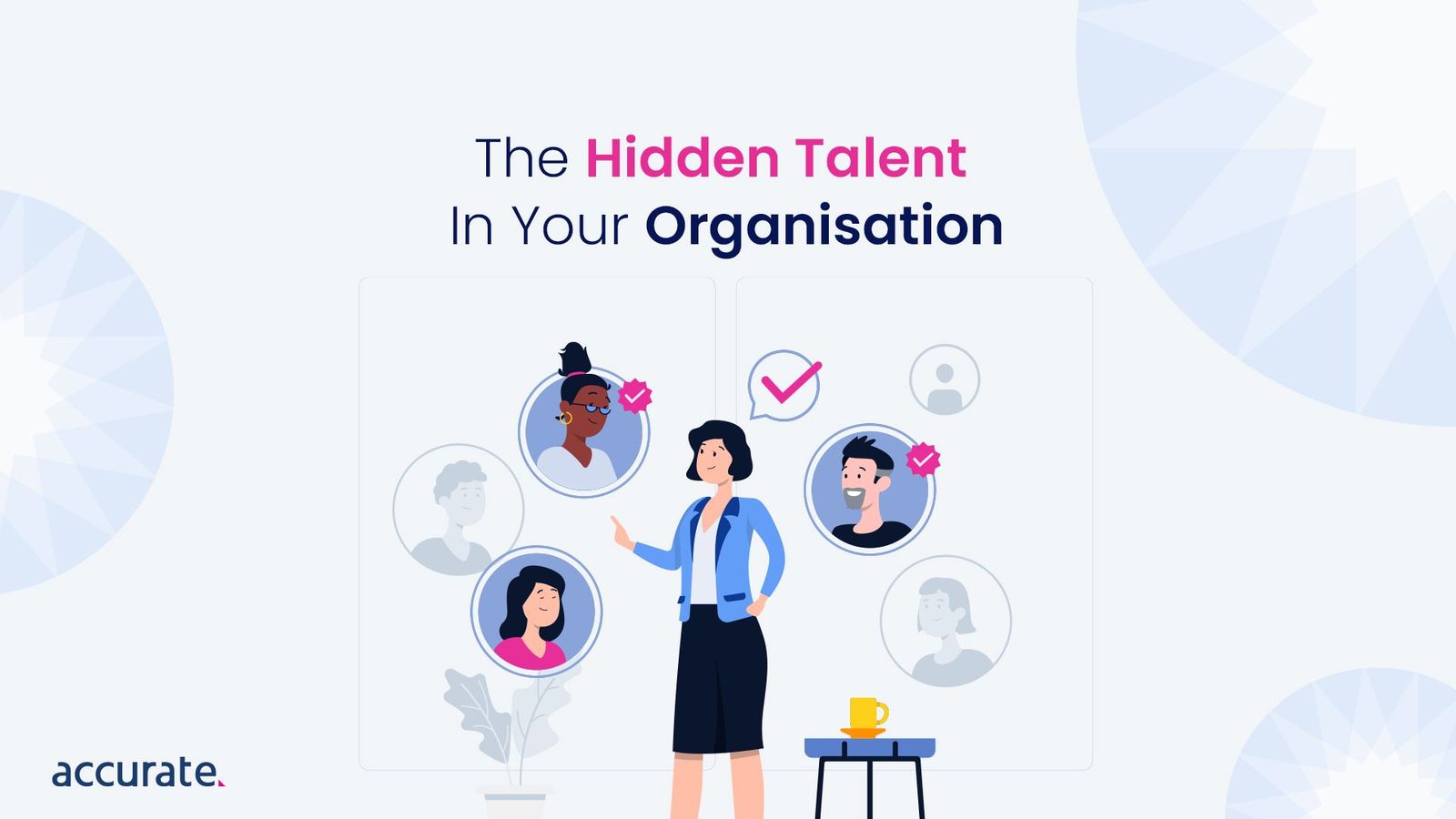Creating an inclusive hiring process is more important than ever in today’s diverse and globalised world. A workforce that reflects the diversity of the customer base and society at large can bring a wealth of perspectives, ideas, and innovations to a company.
Australian businesses are increasingly recognising the value of diversity and inclusion, but there is still work to be done.
This blog post aims to provide practical guidance on how to implement an inclusive hiring process, from reviewing job descriptions to conducting interviews and using social media screening effectively.
Understanding Inclusive Hiring
Inclusive hiring is a recruitment approach that seeks to attract, evaluate, and select candidates from a diverse pool of applicants, ensuring equal opportunities for all. The benefits of an inclusive hiring process are multifarious:
- Enhancing creativity and innovation: A diverse workforce brings together people with different backgrounds, experiences, and perspectives, fostering creativity and innovation.
- Improving employee satisfaction and retention: When employees feel valued and included, they are more likely to be engaged, productive, and loyal to the company.
- Reflecting the diversity of the customer base: A diverse workforce can better understand and serve a diverse customer base, leading to improved customer satisfaction and loyalty.
Reviewing and Updating Job Descriptions
The first step in creating an inclusive hiring process is to review and update job descriptions to ensure they use inclusive language and focus on essential skills and experiences.
Using Inclusive Language
When crafting job descriptions, it’s essential to avoid gendered terms and jargon that may discourage diverse candidates from applying. For example, instead of using terms like “salesman” or “chairman,” opt for gender-neutral alternatives like “sales representative” or “chairperson.” Highlighting the company’s commitment to diversity and inclusion in the job description can also attract a more diverse pool of applicants.
Focusing on Essential Skills and Experiences
Another key aspect of inclusive job descriptions is focusing on the essential skills and experiences required for the role, rather than unnecessary qualifications that may exclude diverse candidates.
Emphasise transferable skills and the potential for growth within the company, as this can attract candidates from various backgrounds who may not have had the same opportunities for traditional career paths.
Creating a Diverse Candidate Pipeline
To ensure a diverse pool of applicants, companies must expand their recruitment channels and leverage internal referrals and employee networks.
Expanding Recruitment Channels
Partnering with diverse organisations and job boards can help attract candidates from underrepresented groups. Participating in job fairs and events focused on diversity can also increase visibility and attract a more diverse range of applicants.
Internal Referrals and Employee Networks
Encouraging diverse referrals within the company can be a powerful tool for creating a diverse candidate pipeline. Leveraging Employee Resource Groups (ERGs) – voluntary, employee-led groups that foster a diverse and inclusive workplace – can also help identify potential candidates and provide support throughout the hiring process.
Inclusive Interviewing Practices
Once a diverse candidate pipeline is established, it’s essential to ensure that the interviewing process is structured and inclusive.
Structuring the Interview Process
Standardising interview questions can help reduce bias and ensure that all candidates are evaluated based on the same criteria. Implementing diverse interview panels, with representatives from different departments and backgrounds, can also provide a more well-rounded assessment of each candidate.
Providing Accommodations
Being open to requests for accommodations from candidates, such as providing a sign language interpreter or ensuring the interview environment is accessible, demonstrates a commitment to inclusivity and can make candidates feel more comfortable throughout the process.
Using Social Media Screening to Remove Bias in the Hiring Process
Social media screening can be a valuable tool in the hiring process, but it must be approached in a standardised and ethical manner to avoid introducing bias and invading candidates’ privacy.
The Risks of Ad-Hoc Social Media Checks
Many companies still rely on ad-hoc, manual social media checks conducted by hiring managers. These informal checks can introduce significant risks and biases, such as:
- Inconsistency: Different hiring managers may focus on varied aspects of a candidate’s social media presence, leading to inconsistent evaluations and unfair assessments.
- Bias: Manual social media checks are particularly susceptible to personal biases, whether conscious or unconscious, which can lead to discrimination and a less diverse workforce.
- Privacy concerns: Accessing and evaluating personal information without consent can invade a candidate’s privacy and lead to legal ramifications for the hiring company.
The Benefits of Standardised Social Media Screening
Implementing a standardised approach to social media screening can help mitigate these risks and ensure fairness, consistency, and legal compliance in the hiring process. Standardised social media checks use predefined criteria to evaluate all candidates equally, focusing on relevant professional behaviour and public posts while minimising subjective judgment.
Advanced tools and AI can analyse social media profiles objectively, identifying patterns and behaviours without emotional biases. These technologies can flag potential red flags, such as inappropriate conduct or hate speech, ensuring a more thorough and impartial review.
Standardised processes also ensure compliance with local laws and ethical standards, protecting candidate privacy and maintaining transparency. This approach builds trust with candidates and demonstrates the company’s commitment to ethical hiring practices.
Using standardised social media checks can reduce bias, protect candidate privacy, and improve the fairness of the hiring process, ultimately leading to a more diverse and inclusive workforce.
Key Takeaways
- Implementing an inclusive hiring process is a critical step towards building a diverse and innovative workforce that reflects the customer base and society at large. Key takeaways from this blog post include:
- Review and update job descriptions to use inclusive language and focus on essential skills and experiences
- Expand recruitment channels and leverage internal referrals and employee networks to create a diverse candidate pipeline
- Structure the interview process and provide accommodations to ensure fairness and inclusivity
- Use standardised social media screening to reduce bias and protect candidate privacy
Businesses in Australia can foster more inclusive and equitable workplaces by following these guidelines and continuously assessing and refining their hiring practices.
If you need assistance with background screening to help you achieve a more inclusive workplace, contact us today.
FAQs
How Can I Ensure That My Job Descriptions Are Inclusive?
To create inclusive job descriptions, avoid gendered terms and jargon, highlight your commitment to diversity and inclusion, and focus on essential skills and experiences rather than unnecessary qualifications. Use gender-neutral language and emphasise transferable skills and the potential for growth within the company.
What Are Some Effective Ways To Expand My Recruitment Channels?
Partnering with diverse organisations and job boards, participating in job fairs and events focused on diversity, and encouraging diverse referrals within the company are all effective ways to expand your recruitment channels. Leveraging Employee Resource Groups (ERGs) can also help identify potential candidates and provide support throughout the hiring process.
How Can I Structure My Interview Process To Be More Inclusive?
Standardising interview questions can help reduce bias and ensure all candidates are evaluated based on the same criteria. Implementing diverse interview panels, with representatives from different departments and backgrounds, can provide a more well-rounded assessment of each candidate.
Being open to requests for accommodations, such as providing a sign language interpreter or ensuring the interview environment is accessible, demonstrates a commitment to inclusivity.
What Are the Risks of Conducting Ad-Hoc Social Media Checks?
Ad-hoc social media checks can introduce inconsistency, bias, and privacy concerns into the hiring process. Different hiring managers may focus on varied aspects of a candidate’s social media presence, leading to inconsistent evaluations and unfair assessments.
Manual social media checks are also susceptible to personal biases, leading to discrimination and a less diverse workforce. Accessing and evaluating personal information without consent can invade a candidate’s privacy and lead to legal ramifications for the hiring company.
How Can Standardised Social Media Screening Help Reduce Bias in the Hiring Process?
Standardised social media screening uses predefined criteria to evaluate all candidates equally, focusing on relevant professional behaviour and public posts while minimising subjective judgment. Advanced tools and AI can analyse social media profiles objectively, identifying patterns and behaviours without emotional biases.
Standardised processes also ensure compliance with local laws and ethical standards, protecting candidate privacy and maintaining transparency. By leveraging standardised social media checks, companies can reduce bias, protect candidate privacy, and enhance the overall fairness of their hiring process.
DISCLAIMER: Accurate prepared these materials for informational purposes only. These materials are not intended to be comprehensive, and are not a substitute for, and should not be construed as, legal advice. Accurate does not warrant any statements in these materials. Employers should direct questions involving their organisation’s compliance with or interpretation or application of laws or regulations and any additional legal requirements that may apply, to their own legal counsel.



